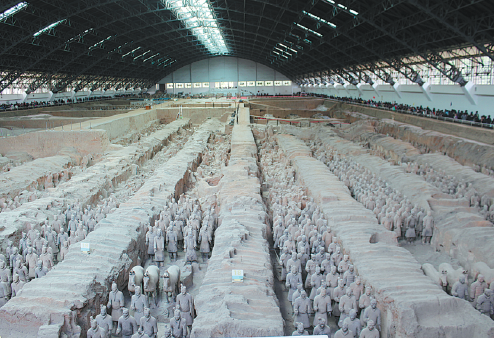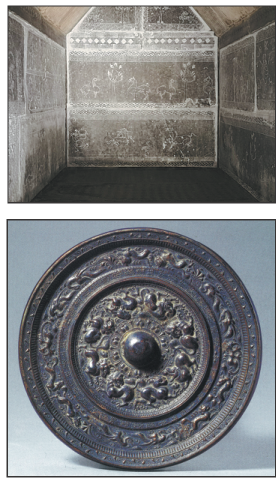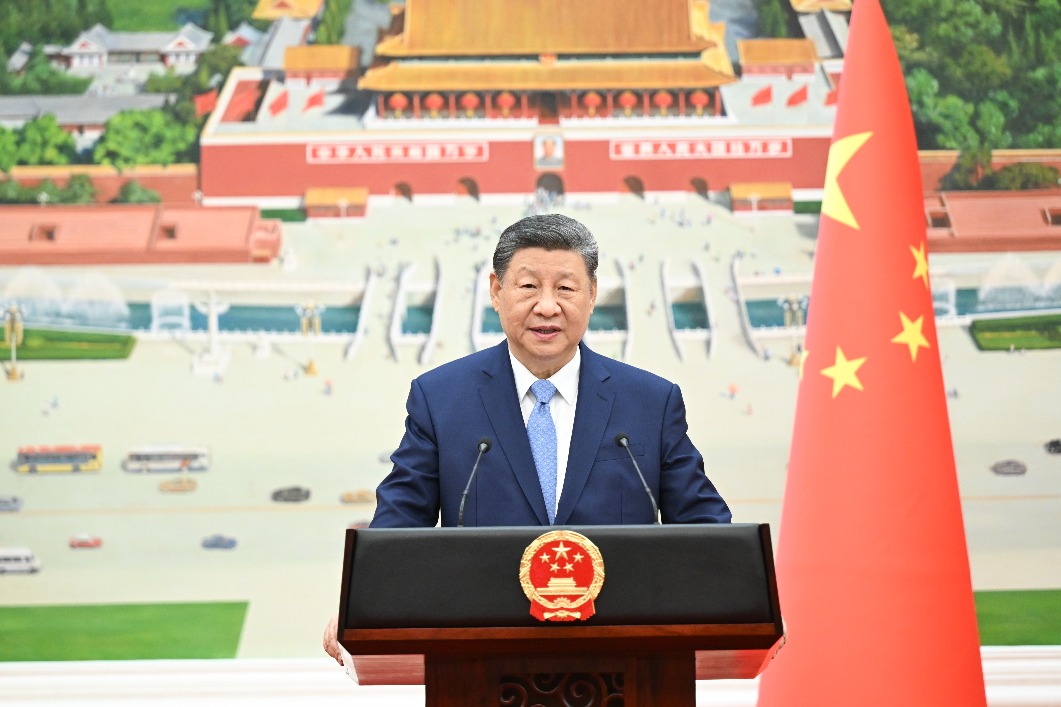Croat authors 'open a door' to Chinese history
Silk, Dragons and Paper is a comprehensive work on China's history and archaeology that can serve as an eye-opener for academics, diplomats and businessmen in the Southeastern European country, Tareq Zahir reports.

China undertook the Peljesac Bridge Project in Croatia under the Belt and Road Initiative last year. The two countries are also part of the"16+1 framework" (or 16 Central and Eastern European countries plus China mechanism), which helped the member states realize that cooperation with China is facilitating balanced development in Europe. However, people in the two countries may not know much about each other.
Some Croats think China is a romantic country where people, like the protagonists in the movies they have watched, have old-fashioned sensibilities. Some others think of China as a technological giant. "Some of my friends even ask me if we have flying taxis here?" jokes Goran Durdevic, a Croat lecturer and assistant professor of Beiwai College at Beijing Foreign Studies University.
Maybe the Chinese know Croatia a little better. Inspired by some World War II movies on Yugoslavia, such as Battle of Neretva and Walter Defends Sarajevo, a greater number of Chinese tourists were visiting Croatia before the COVID-19 pandemic broke out.
However, not many know that Croatia and other countries in Southeastern Europe, which were part of the erstwhile Yugoslavia, share important ties with China. In the 18th century, Ferdinand Augustin Haller von Hallerstein, also known as August Allerstein or by his Chinese name Liu Songling, an ethnic Slovenian, visited China. Because of his proficiency in astronomy and mathematics, the Qing Dynasty (1644-1911) emperor of the day anointed him the head of the Imperial Astronomical Bureau and Board of Mathematics. He is said to be the first demographer to calculate the exact size of the Chinese population-in those days-and even served as a mandarin from 1739 to 1774.
"More recently, in the 1930s, Andrija Stampar and Berislav Borcic were doctors who came to China and tried to help establish the Chinese health system," says Durdevic.
To create greater awareness about China among people in Croatia, Durdevic has co-authored Silk, Dragons and Paper, a book on Chinese civilization, archaeology, culture and history, along with his countryman Zvonimir Stopic, an assistant professor at the Capital Normal University in Beijing and assistant director at its scientific institute for the study of relations between Central and Southeastern Europe-Center for Study of Civilizations. The book is in the Croatian language and has the support of the Croatian ministry of education and science, while the majority of photographs have been provided by the history museum at Capital Normal University.
"Chinese civilization has bestowed upon us many inventions that we use in everyday life, such as paper, silk, bank notes, gunpowder, tea, the compass, and many other things," says Durdevic. "The Croatian language even uses words such as caj (tea) and tajfun (typhoon), which have their origins in the Chinese language."
Southeastern Europe has space for greater research on these ancient ties. Some excavations are taking place simultaneously in Romania and China. "But very few researchers from Croatia are working on this," says Durdevic. "We tried to bridge the gap with our book."
His co-author concurs. During his studies in Croatia, Stopic says that he noticed Croatia lacks adequate knowledge and understanding of not only China, but of Asia in general. Even though diplomatic relations between China and Croatia are "friendly", Croatia had no deep and systematic academic ties with China. "All the knowledge about China comes through non-Croatian sources," Stopic says.
"We wrote this book so that scholars can find the path to knowledge of China a bit easier. The idea is to 'open a door' to Chinese history and archaeology, not only for those who plan to excel in Chinese studies, but also for high school students, teachers and professors, diplomats and businessmen."
The book gives a concise account of Chinese history from the first people of the Paleolithic era to the end of imperial rule in 1911. A second part offers basic information about China's scientific pursuit of archaeology and history, and the founding of the first scientific institutions in China. The last part deals with important contacts between China and the West, including Croatia.
The authors are now conducting workshops and other events to promote the book in Croatia and neighboring countries. However, the book will not be translated into Chinese. "There are enough scholars in China who have written comprehensively on China's history," says Durdevic.
Durdevic came to Beijing in 2017 to study for his PhD in archaeology at the Capital Normal University, under the mentorship of Professor Ning Qiang. He chose China because he was researching the Roman Empire and wanted to discover if there were any connections between Rome and China. The similarity in size and population between the Roman Empire and its contemporary Han Dynasty (206 BC-AD 220) motivated him to research on the Roman-Han connection. It was a Chinese government scholarship that brought him and Stopic to Beijing.
"Since Croatia lacked adequate academic content on China, it was natural for me to seek a way to learn more about China in the country itself," Stopic says. "In 2013, under a Chinese government scholarship, I enrolled for my PhD at Capital Normal University's School of History. Although I was mostly interested in 20th century history, upon arrival, I soon began 'discovering' China.
"I soon realized that understanding China's modern society, history and politics would be quite difficult without digging deeper into the past."
His thesis, which he submitted in 2018, and was mentored by Professor Liang Zhanjun, was on the very turbulent Cold War period of Yugoslavia-China relations (1948-71), "due to be published as a book in Croatia in a few months".
Through his work at the Center for Study of Civilizations in Beijing, he is also working on bringing knowledge about Croatia and the rest of the Balkan region to China. Back in his country, he also helped establish the "CroAsia Institute" (at the Zagreb School of Economics and Management), which is also working on bringing the two countries closer.
Durdevic remains hopeful of future China-Croatia ties. "In the coming years, more and more Chinese students are likely to visit Southeastern Europe, and more students from Southeastern Europe could visit China to study history, culture and economics. When this happens, the younger generation will make better connections and bring the countries closer," he says.



































